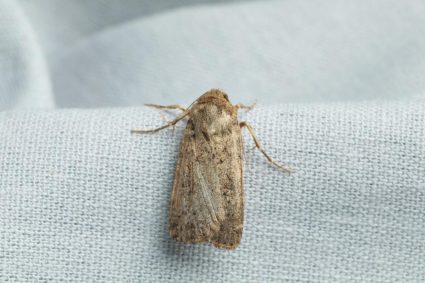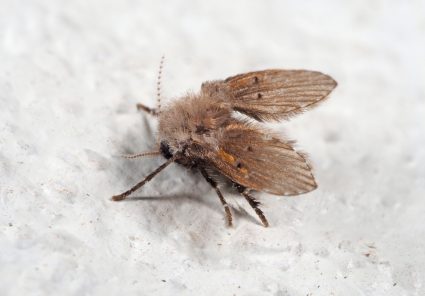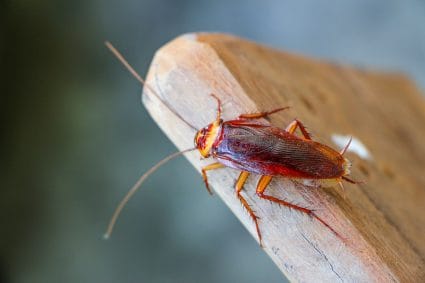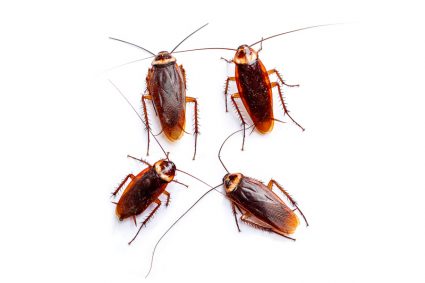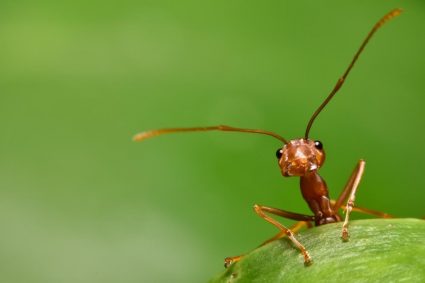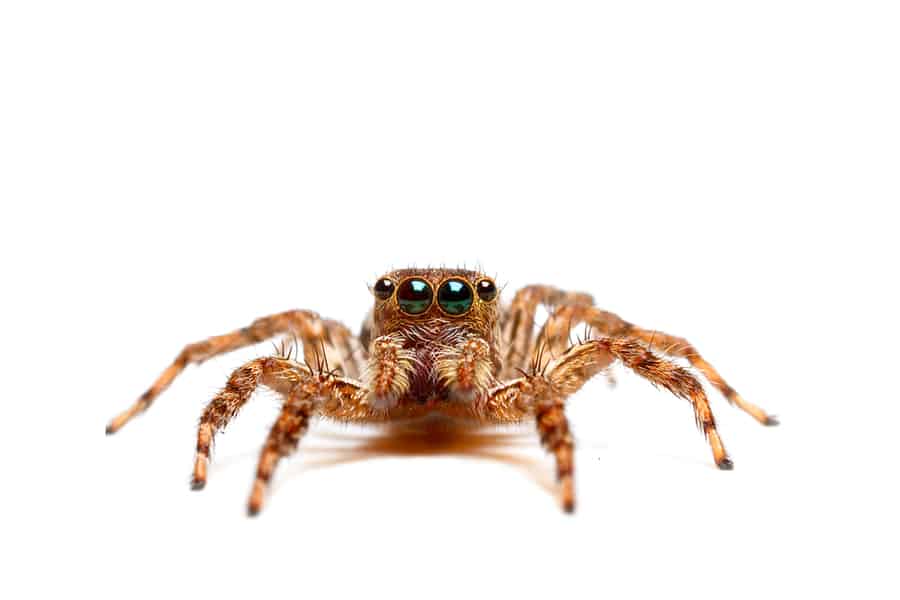
I recently helped out renovating the front porch of my parent’s house.
When it was time to pick a color for paint, my parents picked blue, giving the impression that it was the obvious choice.
“Paint it light blue, just like it was before. It keeps spiders away.” this was my mom’s exact response, filling me with intrigue.
I knew that color had some effect on the behavior of animals, but I needed to learn more about spiders keeping away from specific colors or whether the idea was backed by science.
My research unearthed some interesting facts, and the fact that my old folks, just like many in their generation, already knew what had been only confirmed by science recently blew my mind away.
Spiders keep away from light hues of blue, and the exact reasons behind this behavior are unknown, with experts many different theories out there.
Let’s learn how spiders see color, what colors they hate, what colors attract them, and how to use colors to repel spiders.
Understanding How Spiders See
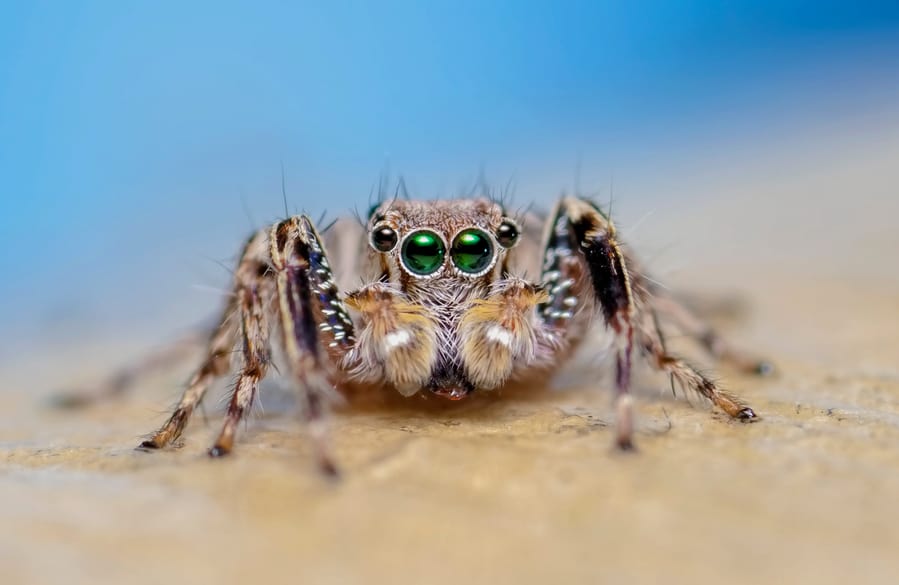
Different species of spiders have between zero to eight eyes, split into two categories primary and secondary.
The primary eyes are located at the front, with the smaller, secondary eyes situated more toward the sides of their skulls.
The primary eyes help spiders detect light and view images, while the secondary eyes allow them to identify movement and measure darkness.
Generally, most spiders have dichromatic vision, only allowing them to see short-wavelength colors such as blue and green.
On the other hand, humans have trichromatic vision, enabling us to see higher wavelengths while being more sensitive to blue, green, and red light and their combinations.
What Color Repels Spiders
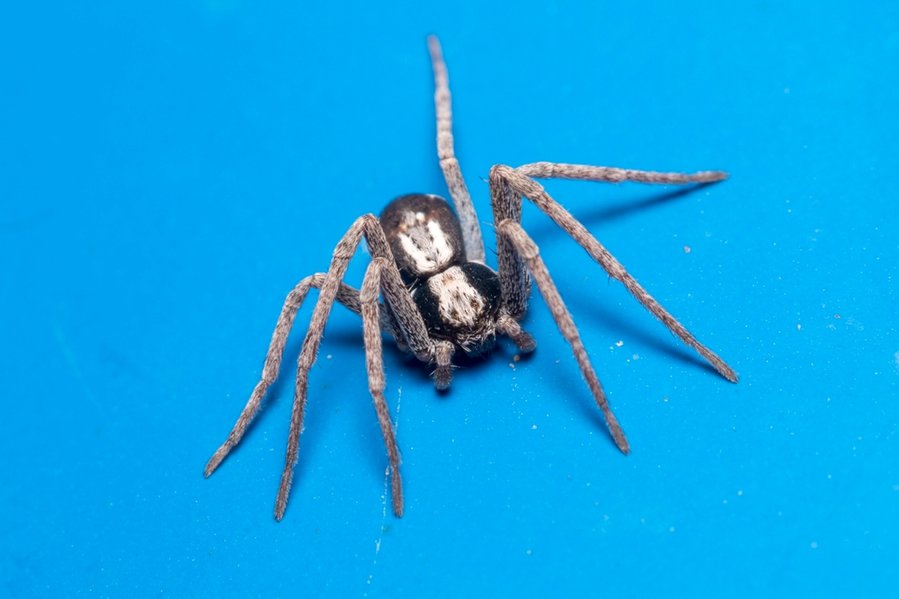
Until recently, many experts believed that spiders could not see colors or they didn’t care about them.
However, a recent University of Cincinnati study led by professor George Uetz reveals that many types of spiders, such as Wolf Spiders, see colors and behave accordingly.
As it seems, spiders hate light blue. Some experts believe that spiders stay away from light blue since it mimics the sky, where their predators circle in search of prey.
Being in light blue surroundings gives the spiders the idea that they are exposed to attacks without any protective cover.
Another theory is that spiders do not like light blue since it repels many other bugs they feed on, such as wasps.
Some experts believe that spiders dislike light blue since it looks similar to large bodies of water that spiders naturally stay away from.
What Color Attracts Spiders
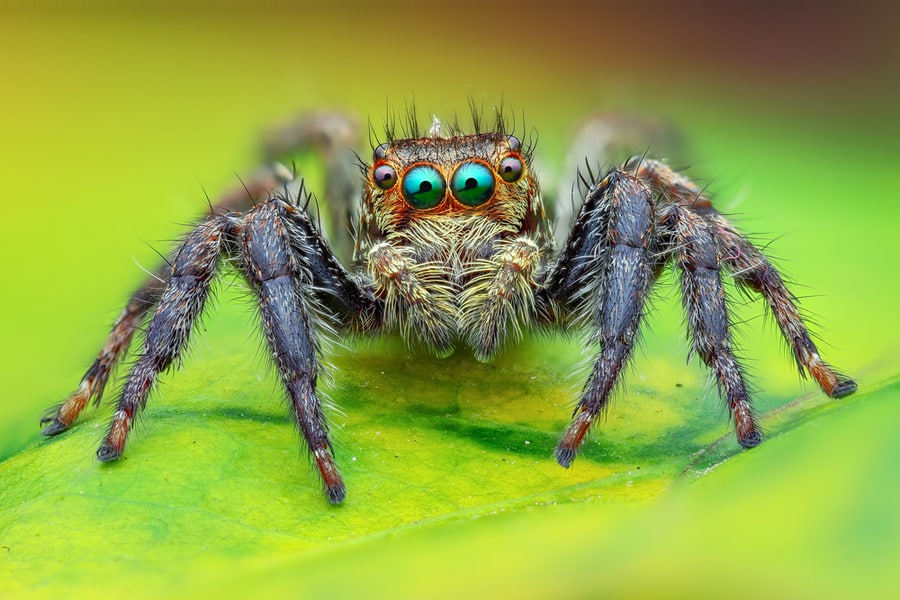
Most spiders seem to love the color green. This may be because their vision is more sensitive to the green wavelength.
It could also be because green translates to shelter and protection from grass, shrubs, and trees, in their natural habitats, making it difficult for their predators to spot or attack them.
Dark vs. Bright Surroundings
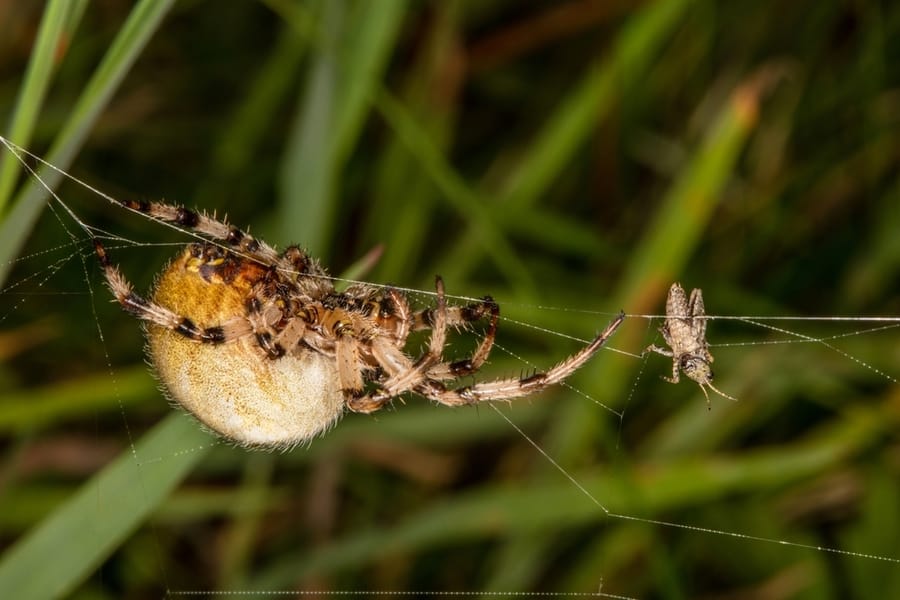
The sleep cycles of spiders usually don’t clash with humans.
They prefer to operate at night, which does not mean they do not like bright light or darkness. The main reason spiders are more active at night is that most of their natural predators, such as birds, are inactive during that time.
Despite popular belief, bright colors do not scare spiders.
Since bugs they feed on are attracted to bright light, spiders won’t think twice about jumping into bright light when hunting an insect.
Therefore, spiders hide in dark areas primarily to find shelter from predators.
Using Colors To Repel Spiders
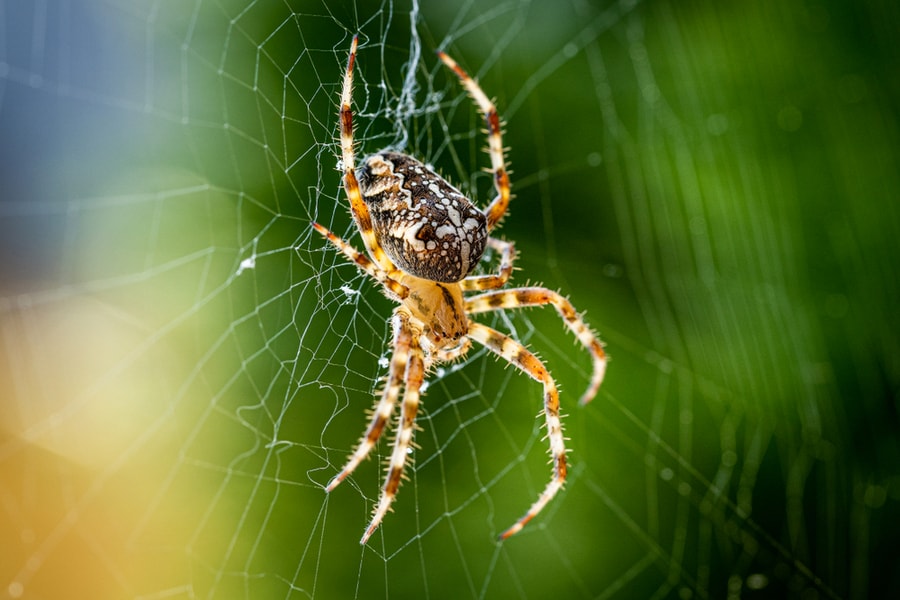
Humans have used colors to keep pests away for centuries, although it was only back by science recently.
Many Southern homes feature light blue porches and ceilings, not for aesthetic reasons but to drive pests like spiders away.
Houses in Chefchaouen, Morocco, are painted in various hues of blue, as some experts believe, to repel mosquitos. Therefore, using colors to repel pests has been around for centuries.
Painting a ceiling or patio light blue can put an end to attracting spiders from outside.
However, it won’t affect spiders who have been there in the long run since they might have adjusted to their everyday surroundings, even with a slight itch telling them to run for cover.
Conclusion
A study has recently confirmed what generations of humans, including my parents, have known. Spiders don’t like the color blue.
Among many theories explaining this behavior, light blue resembling the open sky and large bodies of water, encouraging spiders to run for cover, and the blue being unattractive to other insects spiders feed on, resulting in them showing no interest as well, made a lot of sense.
Frequently Asked Questions
What Does a Spider Hate the Most?
Spiders hate many things, including scents such as peppermint, eucalyptus, lavender, rose, cinnamon, garlic, cedar, and vinegar.
They also tend to stay away from light hues of blue.
Does Light Keep Spiders Away?
Spiders prefer hiding in the dark, enclosed areas since their natural predators, such as birds, operate during the day.
However, when hunting, spiders won’t hesitate to come out of hiding and enter well-lit areas since light attracts other insects they feed on.
Do Spiders Like Light or Dark?
Bright light attracts flying insects. Spiders will, as a result, cast webs in such areas when hunting for insects.
When not hunting, however, spiders prefer to take cover in dark surroundings and protect themselves from predators such as birds.
Do Spiders Have a Favorite Color?
Most spiders are sensitive to green wavelengths.
Furthermore, in nature, spiders use the cover of grass, shrubs, and trees to protect themselves from predators. As a result, green is the favorite color of spiders.


